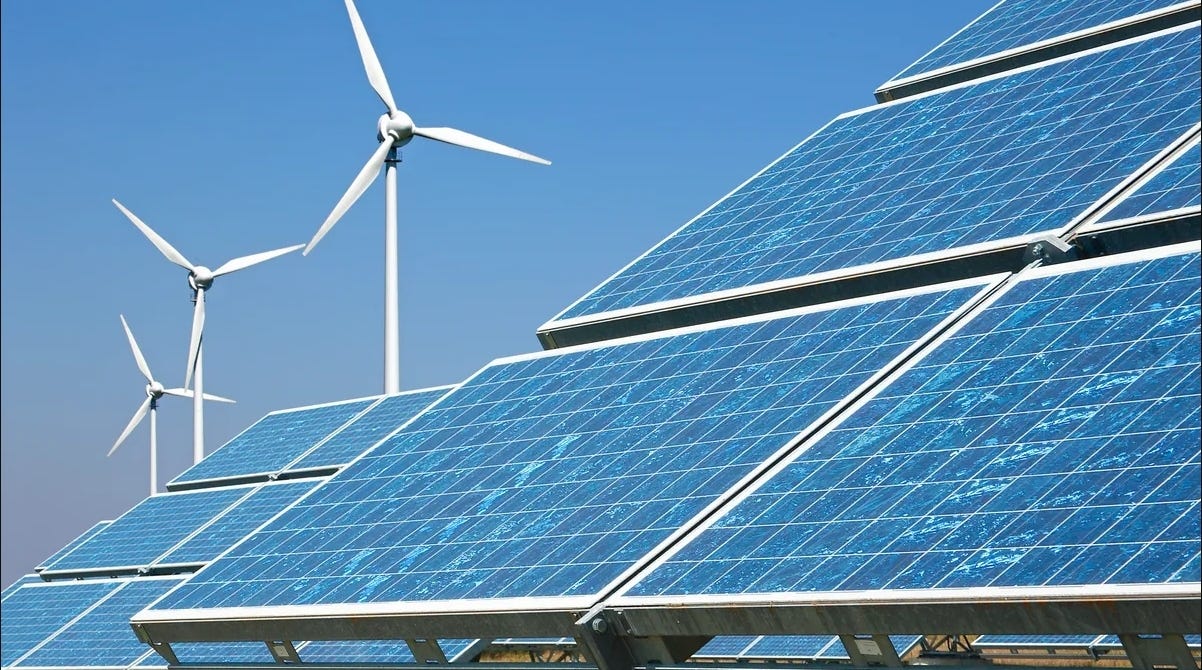As our world continues to develop and progress, the demand for energy grows exponentially. However, the conventional energy sources we heavily rely on, such as fossil fuels and nuclear power, come at a significant cost to our environment and climate. This blog dives into the crucial topic of sustainable energy solutions, exploring how we can meet our global energy needs while preserving the planet for future generations.
The Current Energy Landscape
Our current energy landscape is dominated by fossil fuels like coal, oil, and natural gas. While these sources have powered our economies for decades, their impact on air quality, greenhouse gas emissions, and climate change cannot be ignored. With an ever-increasing global population and rapid industrialization, the strain on these resources is becoming more evident.
The Urgent Need for Sustainability
Sustainability is the key to ensuring a livable planet for generations to come. The environmental consequences of our energy choices are alarming, from rising sea levels to extreme weather events. It’s essential to transition to sustainable energy sources that can mitigate these effects and secure a stable future for our planet.
Exploring Sustainable Energy Solutions
Renewable Energy Sources
1. Solar Energy
Solar energy presents a promising solution. The sun’s rays provide an almost limitless source of power, and advancements in solar technology have significantly lowered costs. Photovoltaic cells convert sunlight directly into electricity, while concentrated solar power systems use mirrors to focus sunlight and generate heat for electricity production.
2. Wind Energy
Harnessing the power of the wind through wind turbines is another viable option. Wind energy is clean, abundant, and continually replenished by natural processes. Addressing concerns about the visual impact and noise of wind turbines is essential to widespread adoption.
3. Hydroelectric Power
Water has been powering industries for centuries. Hydroelectric power taps into the energy of flowing water, whether through dams or smaller run-of-the-river installations. Additionally, tidal energy, generated by the gravitational pull of the moon, holds promise for coastal regions.
4. Geothermal Energy
Geothermal energy taps into the Earth’s internal heat. It’s a reliable and constant energy source, particularly suitable for heating and electricity generation. Geothermal power plants can be found in areas with active geothermal activity, such as geysers and hot springs.
Innovative Technologies
1. Energy Storage Solutions
The intermittent nature of renewable sources like solar and wind necessitates effective energy storage solutions. Batteries, both traditional and advanced, offer storage capabilities to balance supply and demand. Pumped storage, which uses elevated reservoirs, is another efficient method.
2. Smart Grids
Smart grids revolutionize energy distribution and consumption. By incorporating real-time data and communication technology, smart grids optimize energy use, reduce wastage, and enhance reliability. This technology is crucial for accommodating decentralized renewable sources.
Overcoming Challenges and Roadblocks
Transitioning to sustainable energy sources is not without challenges. Economic considerations, political barriers, and the need for significant infrastructural changes pose obstacles. However, successful case studies from countries like Denmark and Sweden demonstrate that with the right policies and investments, the shift can yield positive outcomes.
The Role of Government Policies and International Cooperation
Government policies play a pivotal role in driving the energy transition. Incentives, subsidies, and regulations can encourage the adoption of sustainable energy sources. International agreements, such as the Paris Agreement and the United Nations Sustainable Development Goals, emphasize the urgency of global cooperation in mitigating climate change through sustainable energy practices.
The Future of Energy: Possibilities and Innovations
The future of energy holds exciting possibilities. Emerging technologies, including nuclear fusion and advanced materials, have the potential to revolutionize energy production. Artificial intelligence and machine learning are poised to enhance energy efficiency and optimize distribution, making our energy systems smarter and more responsive.
Conclusion
The path to a sustainable energy future is challenging but essential. By embracing renewable sources, innovative technologies, and international cooperation, we can not only meet our global energy needs but also safeguard the environment. As individuals, communities, and nations, we have the power to shape a future powered by clean and renewable energy, ensuring a brighter and more sustainable world for generations to come.











